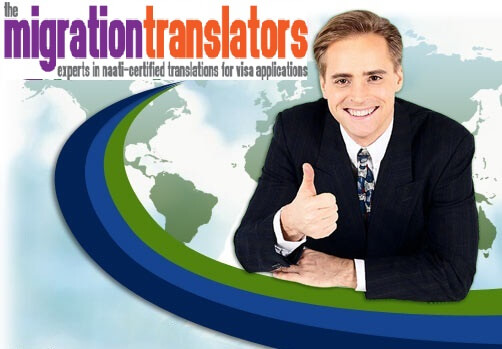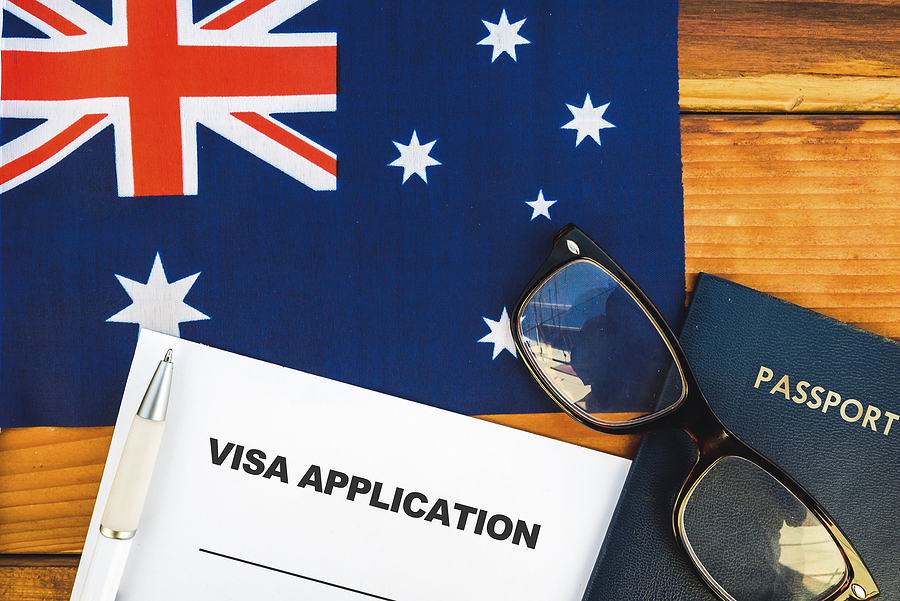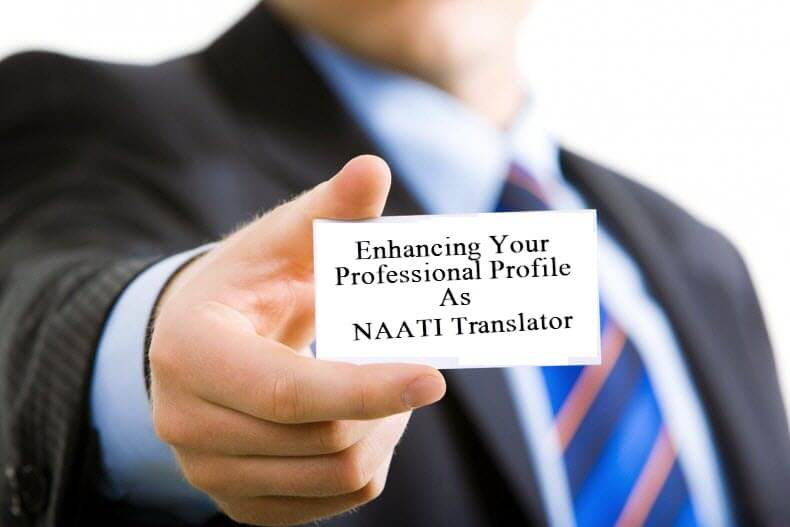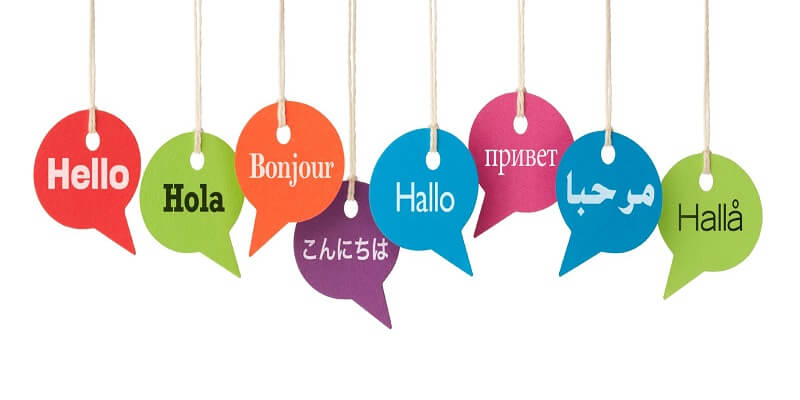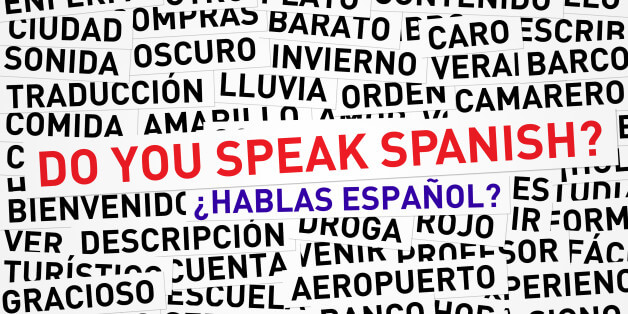Introduction
Like many modern languages, German is a synthesis of older dialects that were spoken in the past in what is now geographically and politically regarded as Germany, together with surrounding European territories where speakers of one dialect of German or another still live. What makes German dialects so interesting is that even today these dialects are part of the complexity and diversity of spoken German, even though standard German is used throughout educational facilities and is the language of government.
Understanding Dialects
Accents vs. Dialects: Unravelling the Difference
Accents and dialects are often confused and in many cases, people think that when someone speaks with a different accent, it means that they are speaking in a different dialect. The reality is that accents are not the same as dialects. The best way of describing the difference is to explain how two people who speak the same dialect may sound different because they are speaking with different accents. More correctly, accents are how people pronounce words, not their choice of words and phrases. Communities of German speakers may speak with different dialects, which may mean that they pronounce commonly spoken words differently (i.e. they have different accents), but also their choice of vocabulary, or even the grammar they use may be different.
German speakers who listen to each other and communicate will experience some difficulty when they encounter other German speakers who speak in a different accent or a different dialect, but will probably still understand these people better than if they try and communicate with someone speaking in a different language.
Diversity within German Dialects
It must be noted that German is spoken throughout Germany, Austria, and parts of Switzerland as well as many people in other parts of the world where German speakers have migrated over the centuries. These people are a treasure house of different German dialects and accents, even though the standardization of the German language allows every German speaker to communicate with all the other German speakers wherever they live and whatever their age.
German Dialects in Germany
German dialects are often rather too conveniently divided into Low or Nieder Deutsch and High or Hoch Deutsch. The two terms, “low” and “high” refer to the locations within what is now called Germany. High German is in the south of Germany, which is more mountainous than the north, which is quite flat. In the north is where, as one might expect, “low” German is spoken. In reality, there are differences between the low dialects and within high dialects as well. There is also a distinct “Middle” German dialect.
Of all this diversity, there had to be some eventual standardization emerging. This has been attributed in part to the invention of the printing press and Martin Luther’s translation of the Bible into German. Hoch Deutsch, for one reason or another, became the dialect that was chosen as the “standardized” dialect for use in all of Germany. This dialect is no more correct than any other dialect but just got to the ‘finish’ line before any other dialect.
Whether you’re navigating the rich tapestry of German dialects or require precise translation, trust our German NAATI Translator for accurate and certified results. Your linguistic journey starts here.
Future of German Dialects
Perhaps, unfortunately, it’s hard to see many minor German dialects surviving for long. Communication these days is so widespread that speaking in a local dialect is slowly dying out. Germans are far more mobile than they were years ago and communicate in diverse ways. This university of communication demands a standardized language and a standardized dialect.
There are many different German dialects, as well as different accents used. Over time, a standardized form of the German language has emerged, which makes it easier for German speakers wherever they live to communicate easily. The current standard dialect which has been selected to be that of modern German originated in the higher or more mountainous parts of Germany, hence it being called Hoch, or “high”, Deutsch. Dialects of German may not survive modern trends and it is possible that in years to come may only be a memory.
Disclaimer: This article is provided for your convenience and does not constitute legal advice. Readers should not take, or refrain from taking, actions based upon the content of this article. Prior results do not guarantee similar outcomes. Please seek professional legal advice.



